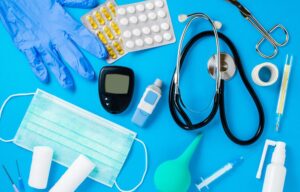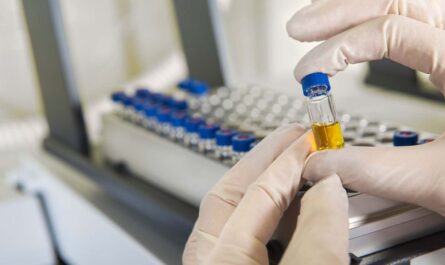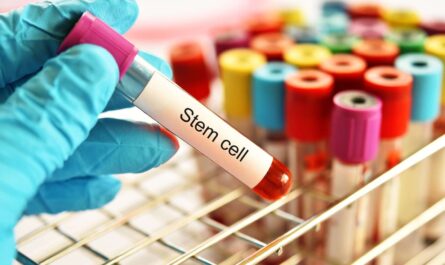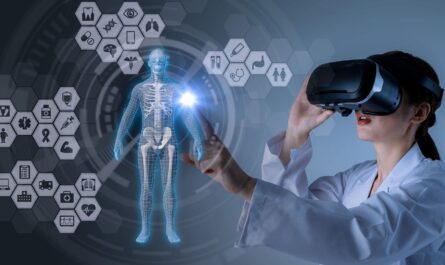
The medical devices industry has witnessed tremendous growth and innovation over the past few decades. From basic thermometers and syringes to advanced imaging systems and robotics, medical devices play a vital role in healthcare delivery and patient outcomes. In this article, we will explore some of the major developments in various device categories and their impact.
Diagnostic Imaging Equipment
One of the most transformative areas has been diagnostic imaging devices that provide vital visual insights into the human body. Advanced imaging modalities like Computed Tomography (CT) scans, Magnetic Resonance Imaging (MRI) scans, ultrasound, X-rays etc. have revolutionized disease diagnosis and treatment planning. CT scans provide detailed cross-sectional images of the body using X-rays and computers. MRI uses powerful magnetic fields and radio waves to produce high quality images of organs and soft tissues without using ionizing radiation. These scans have become indispensable for detecting cancers, injuries, infections and many other medical conditions at early stages with high accuracy.
Advancements in imaging technologies like micro-MRI, high resolution ultrasound, 3D/4D imaging, fusion imaging combining multiple modalities and computer-assisted diagnosis have further enhanced diagnostic capabilities. Miniature ultrasound devices and smartphone-based attachments are making these scans more portable and accessible even at primary health centers. Novel contrast agents and tracers are improving specificity of scans. Artificial intelligence is also being applied to imaging data for automated analysis, detection and diagnosis. Overall, diagnostic imaging devices are helping doctors obtain vital visual insights for more accurate diagnosis and treatment monitoring.
Cardiac Devices
Another area that has seen prolific innovations is cardiac devices for monitoring and treating heart conditions. Implantable devices like pacemakers, defibrillators and cardiac resynchronization therapy (CRT) devices electronically monitor the heart’s rhythm and provide electric pulses to restore normal rhythms when needed, thus saving millions of lives globally. These devices have advanced from basic pacemakers to miniaturized multi-chamber devices with built-in monitoring capabilities. Insertable loop recorders further help to detect infrequent arrhythmias. Technologies like leadless pacemakers and implantable cardioverter defibrillators (ICDs) are making these devices smaller and easier to implant.
Research and Developments in Medical Robotics
Medical robotics is pushing the boundaries of minimally invasive surgery through novel robotic systems and surgical robots. Robot-assisted surgery uses miniature surgical tools and cameras mounted on robotic arms controlled by surgeons to conduct complex procedures through small incisions with improved precision, flexibility and vision feedback. Systems like da Vinci Surgical System are becoming standard tools for urologic, gynecologic, cardiothoracic and head/neck surgeries. Robotic catheters and endoscopes further enhance interventional procedures. Rehabilitation robotics using exoskeletons and robotic assistants are augmenting care for disabled patients. Emerging fields like surgical nanobots, soft robotics, tele-robotic surgery and robotic assisted 3D bioprinting hold promise to transform future healthcare delivery.
Artificial Intelligence in Healthcare
Information technologies have enabled new dimensions of personalized medicine through integration of large patient datasets with advanced analytics. Artificial intelligence (AI) and machine learning algorithms are being increasingly utilized to derive meaningful insights from medical imaging data, genomic sequences, EHR, clinical notes and IoT sensor streams. AI assistants are now aiding clinical decision making through automated image analysis, diagnostic predictions, personalized treatment recommendations, drug discovery, population health monitoring and disease surveillance.
Robot caregivers equipped with AI, sensory systems and advanced dexterity are also under development to support independent living of elderly populations. Finally, AI bots are finding utility as virtual health assistants through chatbots and virtual agents for disseminating health information to citizens, taking basic diagnostic measurements, monitoring chronic conditions as well as providing psychological counseling and support. Overall, AI promises to augment human intelligence for more effective, accessible and affordable healthcare worldwide.
Medical Wearables and IoT
Advancements in wireless body area sensor networks, miniaturized sensor technologies and cloud computing have fueled the growth of medical wearables, digital health and IoT devices. Fitness trackers, smartwatches and portable EEG/EKG monitors have become popular for continuous health parameter monitoring and diagnostic applications. Implanted devices like pacemakers, neurological stimulators and insulin pumps are increasingly being networked with external sensors and smart devices for remote patient monitoring through telehealth technologies. Novel applications include implantable glucose monitors, wearable ultrasound patches, pill cameras and molecular patch breathalyzers.
Integrated digital healthcare platforms are consolidating data from varied IoT streams for insights into prevention, early detection of anomalies and proactive risk management. Home healthcare using networked monitoring devices and telehealth robots is enabling independent living and virtual care delivery. Overall, wearables and IoT promise to revolutionize preventive health, chronic disease management as well as enable predictive, preemptive and participatory care models of the future.
Ethical Considerations
While medical devices have enhanced lives, regulators and industry need to ensure highest standards of safety, efficacy and data privacy are adhered to. Risks of device failures and cybersecurity attacks on connected systems need vigilant oversight. Equitable access to benefits also requires addressing issues of affordability and infrastructural support especially in developing regions. Health systems will have to work on building user-friendly interfaces and skilled workforce to support emerging technologies. Setting up stringent evaluation frameworks and adapting policies will be crucial to ethically maximize benefits while mitigating risks as these technologies continue evolving at an exponential pace in the future.
Conclusion
In conclusion, medical devices have become indispensable tools empowering every aspect of modern healthcare from primary diagnostic tests to complex surgical interventions. Staying at the forefront of this revolution will be pivotal both for healthcare systems and leading economies. While continuous innovation is welcome, ensuring patient-centric and inclusive development should remain the top priority. With responsible progress and synergetic partnerships, the future promises even more transformational advancements to enhance human well-being through science and technology.
*Note:
1. Source: Coherent Market Insights, Public sources, Desk research
2. We have leveraged AI tools to mine information and compile it



